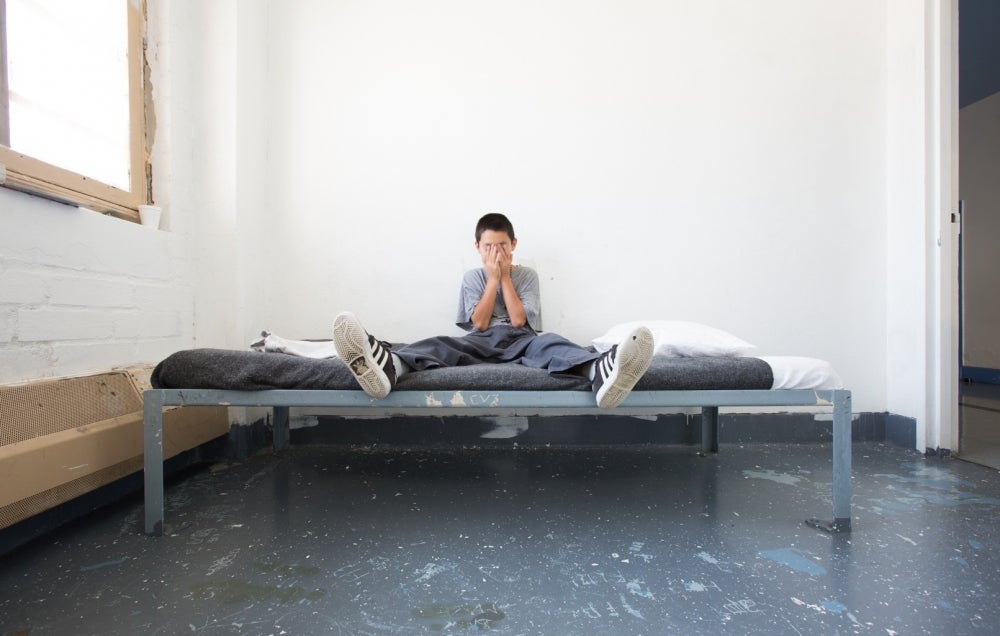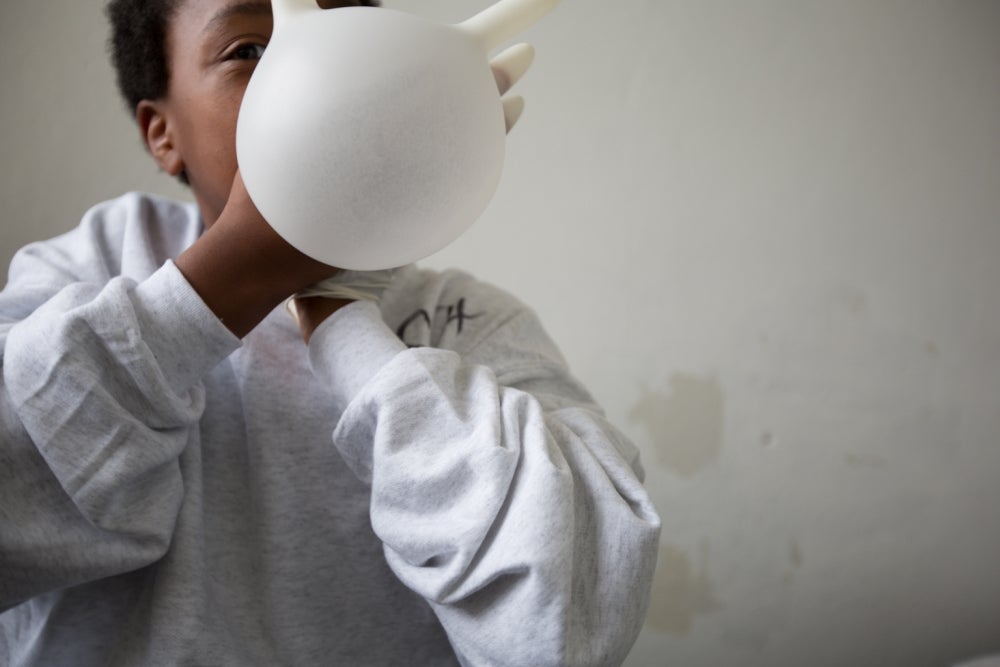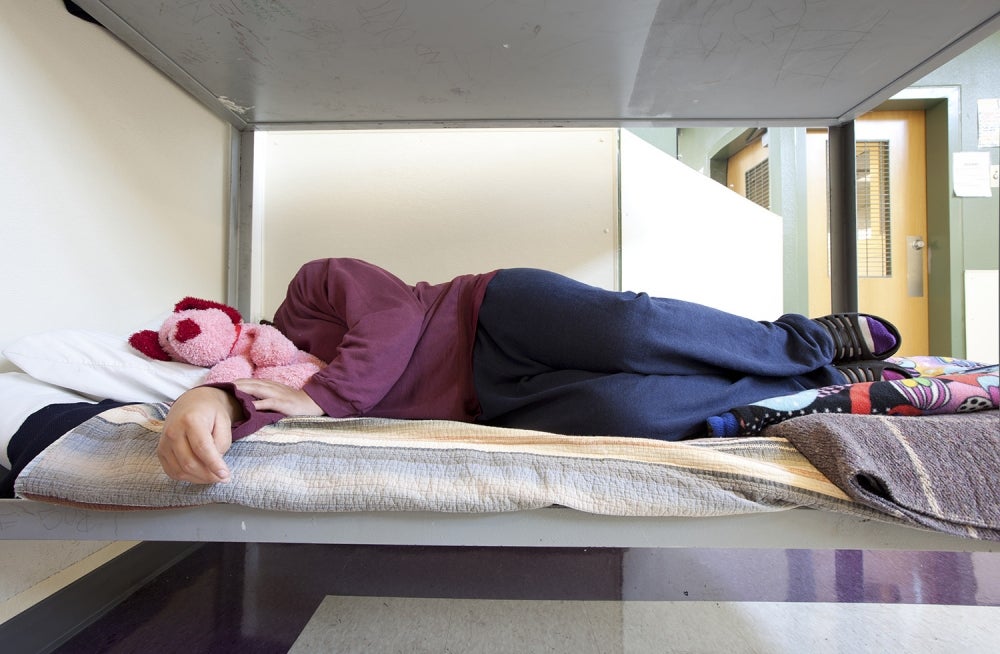Making the World a Better Place
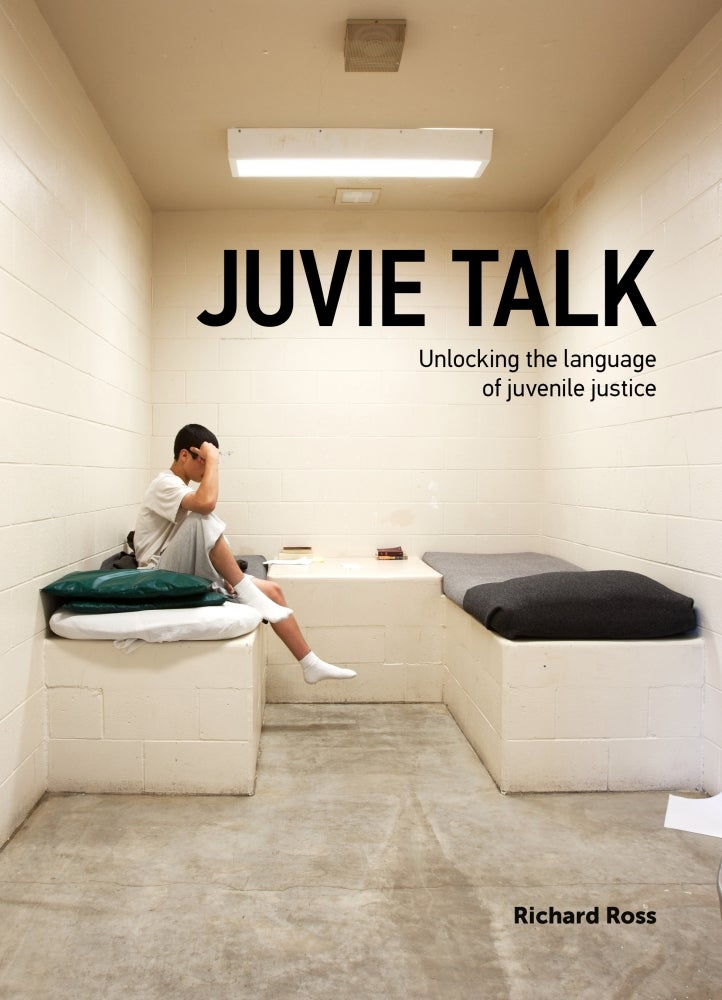
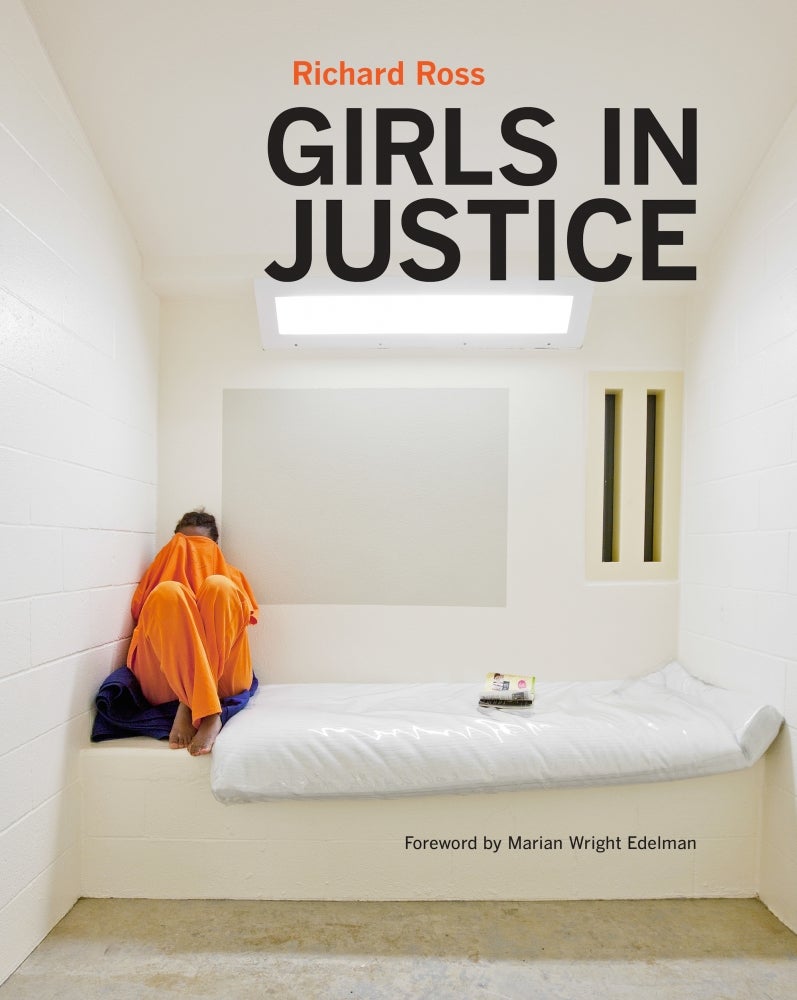

It wasn’t his plan, but Richard Ross has become a de facto expert on the subject of juveniles in detention. And now, for his groundbreaking — and, at times heartbreaking — work documenting the lives of incarcerated youth, the UC Santa Barbara Distinguished Professor Emeritus has received the 2019 Claes Nobel World Betterment Award from The National Society of High School Scholars (NSHSS).
Established in 2013 to highlight outstanding role models for young people, the Betterment Award recognizes individuals who are making exceptional contributions to the promotion of global unity and cultural understanding in their particular area of influence.
“In my work with outstanding students through the National Society of High School Scholars I routinely identify gifted and talented students who have the potential to make a real difference in the world,” said Nobel, who founded NSHSS to continue her family’s legacy of rewarding excellence and promoting peace. “I have witnessed how influential leaders like Mr. Ross can have a profound effect on these young emerging leaders.”
Ross, a photographer and activist, is the creator of the award-winning three-volume “Juvenile In Justice Series,” which includes “Juvenile In Justice” (2012) “Girls In Justice” (2015) and “Juvie Talk” (2017). “Juvenile In Justice” documents the placement and treatment of juveniles in facilities that are meant to assist, confine and/or punish them. “Girls In Justice” explores the conditions and contexts of girls — ranging in age from 11 to 18 — remanded to detention centers, and in “Juvie Talk” Ross uses the teens’ and adolescents’ own words and vernacular to share what is true about their lives in juvenile placement centers.
“It is, of course, a great honor to receive this award,” said Ross. “These kids are the stakeholders and their peers with less privilege and opportunity are the ones who are in juvenile hall, shelters or group homes. So I am asking them to pay attention to those who are not in the room.”
Ross’s work requires a blend of artistic vision, sensitivity and a high degree of emotional intelligence, all of which he honed over years he spent interviewing and documenting more than 1,000 of these young people. Ross’s work has taken him to over 400 sites and 35 states. Given the sheer number of detention centers he has visited, as well as the number of residents he has interviewed, Ross has a rare perspective on the lives and histories of the teens and adolescents he has photographed. He also has become a conduit between them and the world, giving voice to kids who otherwise have no way to speak up. And the majority of those he has queried have been willing to talk.
Like many of Ross’s initiatives, “In Justice” is rooted in an earlier project: “Architecture of Authority,” which presents unsettling images of architectural spaces that exert power over the individuals — oftentimes children — within them. Among those spaces are churches, mosques, civic spaces, the Iraqi National Assembly hall, an interrogation room at Guantánamo and a capital punishment death chamber.
“By chance, I ended up at the El Paso Juvenile Detention Center, which looked a lot like Guantánamo, where I photographed,” Ross recalled. “I thought, ‘How do you have a juvenile detention center that’s similar to Guantánamo in its architecture?’
“Then I started talking to the kids,” he continued, “and once that happened there was no turning back.”
Founded in 2002 by James W. Lewis and Claes Nobel, a senior member of the family that established the Nobel Prizes, the NSHSS recognizes academic excellence at the high school level and helps to advance the goals and aspirations of high-achieving students through unique learning experiences, scholarships, internships, international study and peer networks. NSHSS membership currently numbers more than 1.7 million in over 170 countries.
